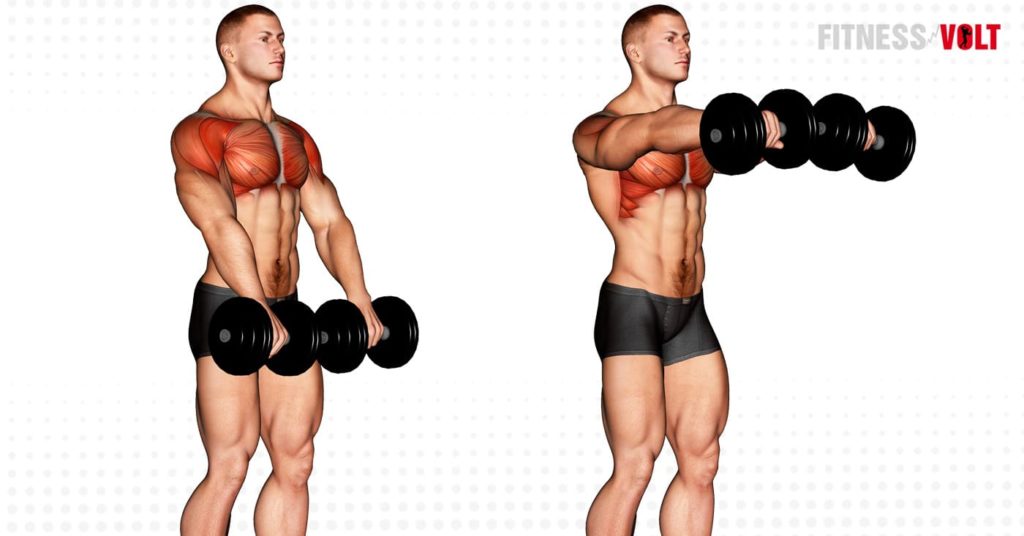My Shoulder Day workout
By Andrew Grayson
Everyone has their favorite day in the gym, for some it might be arms, others it might be leg day. For me, its all about those BOULDER SHOULDERS. I love shoulder day, enough to where two days every week I make sure to hit them. Before I get into the meat of the article, I have to give a little background, after all, I am a healthcare nut so let’s dive right in.
So, what are the best ways to work those shoulder muscles? Before we get into the best shoulder exercises, it helps to understand a little more about the shoulder itself. First of all, the shoulder joint is a ball-and-socket joint, making it much more complex than an elbow or knee, which are both hinge joints. Hinge joints operate in one plane of motion—the sagittal plane—allowing back-and-forth movement like flexion (curling a dumbbell) and extension (like straightening your leg out in front of you while seated). Ball-and-socket joints are multiplanar, meaning they operate in all three planes of motion—sagittal, frontal, and transverse—allowing front-to-back side-to-side, and rotational movements.
Because the shoulder joint has a much greater range of motion than other kinds of joints, it can be more challenging to keep your muscles structurally stable in each plane of movement, says Bergeron. And stability is important to help prevent injury, particularly in those valuable shoulder joints, when you’re lifting heavy weights or even just carrying your groceries in from the car.
What helps? Working your shoulders from different angles. Your shoulders are made up of three heads, or points of attachment. Your anterior, or front, deltoid is responsible for internal rotation—like swinging a tennis racquet forward—and pushing objects away from you when it recruits your pectoral muscles. Your lateral deltoid, the middle part of your shoulder, helps raise your arms to the side and assists with reaching. And your posterior deltoid, in the rear of your shoulder, helps with external rotation, like when you load your arm to throw something. Your rear delts work with other back muscles to pull your shoulders back and down, in their proper alignment, as another way to help prevent injury—and counteract the scroll-scroll-scroll rounding of your back as you’re looking at your phone.
Enough shit let’s get to the workout. Here is my shoulder routine. I always superset my workouts so with shoulders I typically will pair them up with working abs. For those that do not know, superset means after you are done with a set, you jump immediately into another with no rest working a different part of the body. For my shoulder day I do 4 sets of 6-8 reps for every exercise with 45 seconds of rest in between each set. If you can get through this workout, and still lift your arms up when you’re done, welcome to the boulder shoulder club baby.
GET AFTER IT!
1. Push Press
This press allows you to load up more weight, and do more reps, than just about any other overhead exercise, making it a great way to unlock new shoulder growth. It’s rightfully considered a bit more of a whole-body movement than a pure shoulder move, since your lower body, core, delts, triceps, and upper pecs are all involved.
This isn’t always a bad thing! Compound movements like this engage a great deal of muscle mass and boost muscle-building hormones better than movements that don’t. It’s a favorite of bodybuilders who are looking to build strength and athleticism in the offseason.

2. Military Press
Like the push-press, this is a challenging full-body lift. It was once contested as a powerlift, and with a barbell, remains a popular lift for setting ambitious strength goals. But research has shown that dumbbells elicit a greater degree of muscle activation, even if you can’t lift quite as much total weight.
Pro tip: Be sure to maintain a neutral hip position and learn how to brace your core to protect your lumbar spine. If you spend all of your time injured, you’ll miss out on the gains!
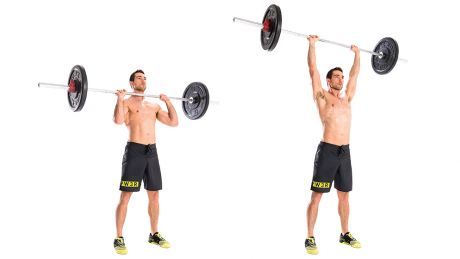
3. Rear Delt Row
What the heck is a row doing in an article about shoulder exercises? Remember, rowing movements don’t just work the “back,” they involve the rear delts to a significant degree, as well.
One more point in favor of rows, particularly on an incline bench: a 2014 study found that in addition to hitting the rear delts as well as flyes, they activated the middle delt significantly better than dumbbell shoulder presses, cable lateral raises, and even barbell upright rows. This makes it a no-brainer for creating a time-efficient shoulder workout.
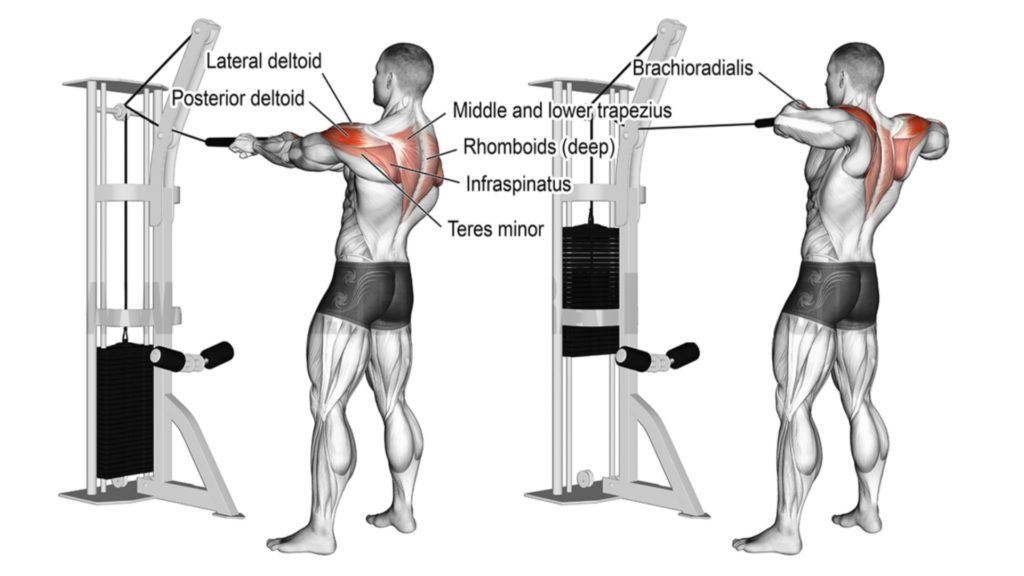
4. Seated Dumbbell Press
My absolute favorite workout in the gym. Piling up 75 lbs dumbbells in each hand, throwing those bastards on your legs and hiking them in the air. You’ll feel like fucking goliath lifting these bad boys. Swapping out the barbell for dumbbells on overhead presses works each side independently, which is great for balanced development. The range of motion is also a bit longer, which can help maximize muscle growth. Pressing in a seated position also removes the lower body, allowing you to focus squarely on the shoulders.

5. Upright Row
Upright rows have a reputation as a shoulder destroyer, but like anything, it’s all about how you perform them. As personal trainer Jimmy Peña explains in the article, “How Wide Should My Grip Be on an Upright Row,” don’t take a close grip, which can internally rotate your shoulders. Instead, take a wider grip where your upper arms go directly out to your sides.
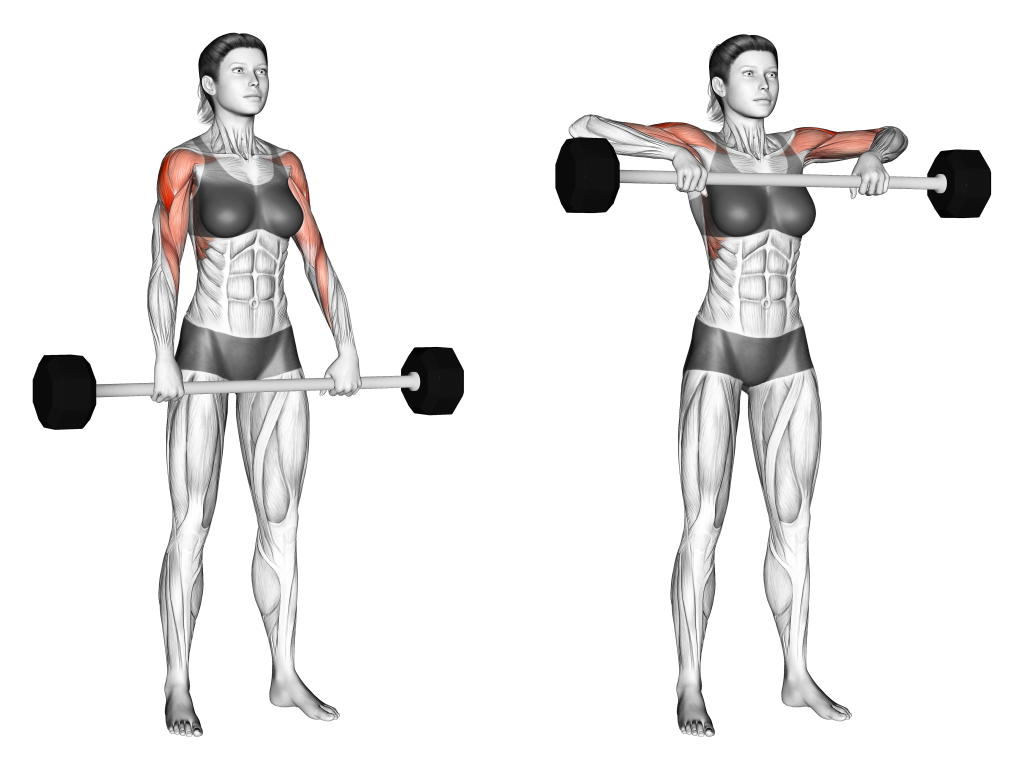
6. Rear Delt Fly
Why two rear-delt exercises on the list? Because these small muscles are often undertrained but are important for both posture and rotator-cuff health.
A bent-over version with dumbbells is great, either freestanding or with the head resting on a bench. Just don’t cheat and sling the weights up with poor control! If you’re hitting the rear pec-deck machine, use a neutral or palms-in grip—not palms-down—to maximally activate the muscle.
This is a great move to do later in a workout for 10-12 reps or more per set, either on its own or supersetted with lateral raises, like in The Simple Workout for Super Shoulders.
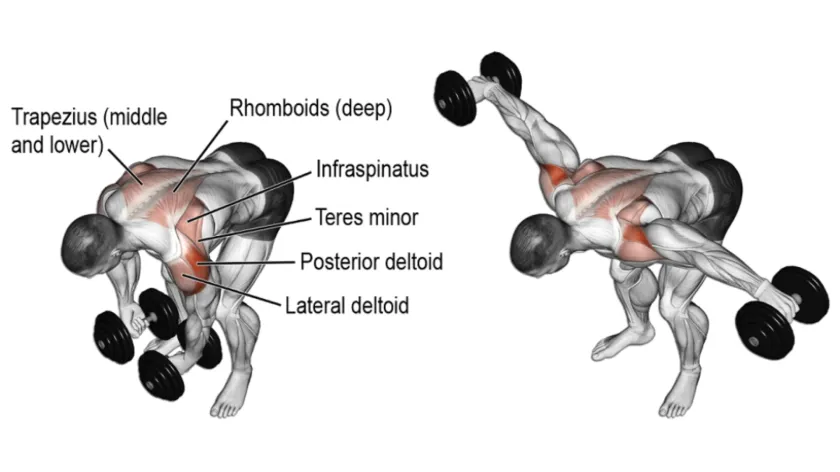
7. Lateral Raise
his is one of the most popular and best isolation exercises in the weight room, but it’s tougher to master than it seems. Beginners usually benefit from two cues: lead with your elbows, and only go down until your arms are about 30 degrees out from your sides. Both will help your raises be better—and more difficult.
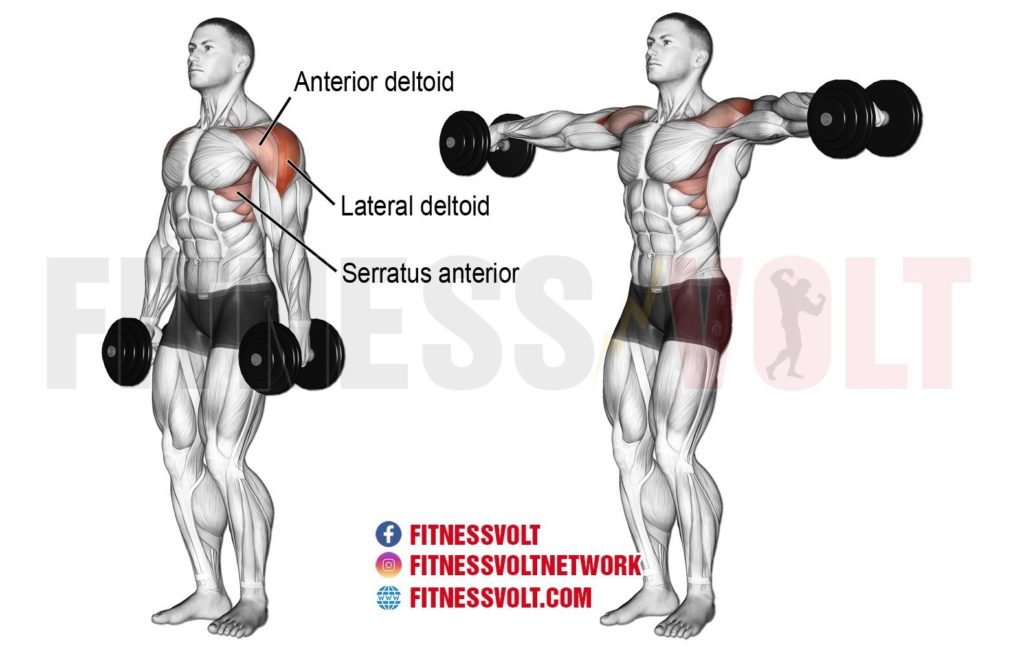
8. Front Raise
The “why” of this move is simple enough: raising your straight arm directly in front of you activates the anterior head of your deltoids. But it’s not a must-do for everyone! Presses hammer the anterior delts, and these muscles already tend to be disproportionately large among individuals who overdo chest training compared to back training.
So, if you’re only going to do one variation, which one is best? Single-sided dumbbell or cable raises are great because each side works independently, or alternating. This maximizes the mind-muscle connection, but also helps to build balanced shoulders.
